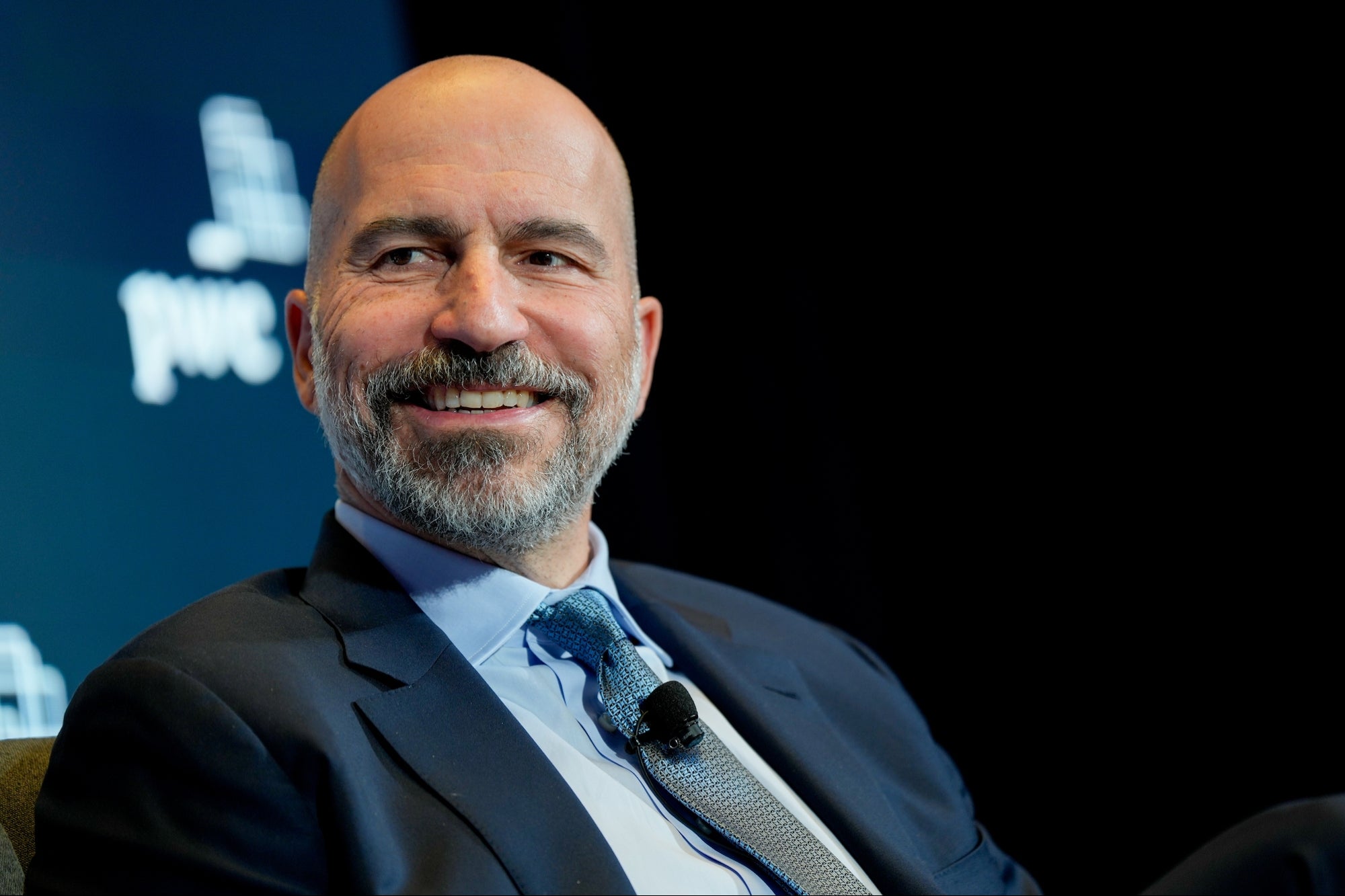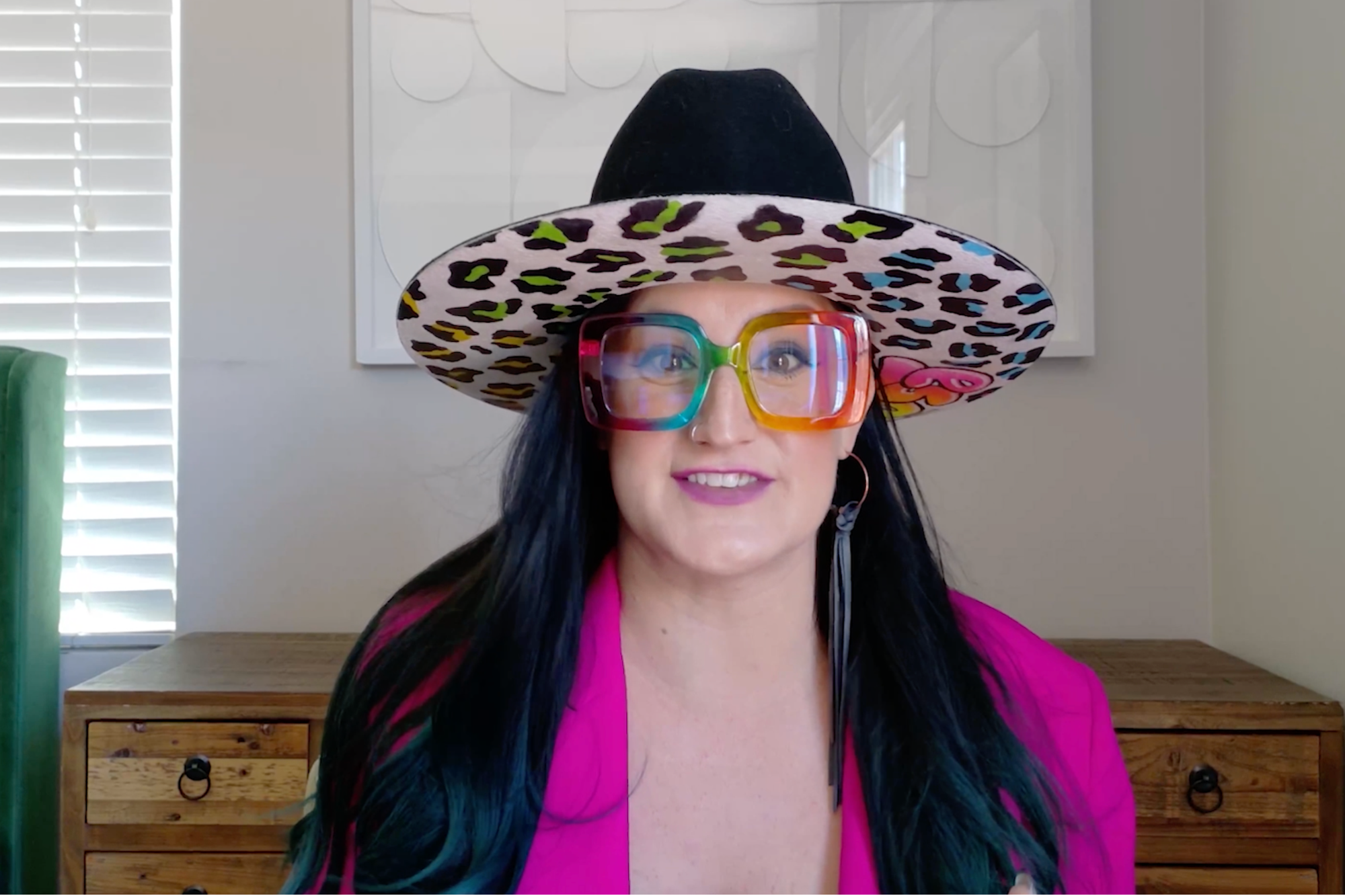Opinions expressed by Entrepreneur contributors are their own.
What would happen if your company’s sales dropped significantly for an entire month? Or if prices suddenly increased by 20%? If those possibilities make you nervous, you’re probably missing an important safety net — a 90-day cash flow buffer.
All businesses should have enough money set aside to cover 90 days of business expenses, even if you have zero money coming in. When running a small business, unexpected challenges like price hikes, supply chain problems or new tariffs can occur at any time.
Having a financial buffer isn’t a luxury — it’s necessary for any business that wants sustained long-term growth. When you have a financial cushion to fall back on, you can avoid panicking and make good decisions when things change.
Related: How Much Cash Do You Need for Your Business’s Safety Net?
Why planning matters
The current economic landscape is unpredictable, often changing due to factors outside your control. You’ve probably seen many examples of this over the past five years:
-
The pandemic caused massive supply chain disruptions, shipping delays and labor shortages
-
Rising interest rates impacted the cost of borrowing and cash flow projections
-
Recent tariff changes have affected the price of importing and exporting certain items
Many small businesses look profitable on paper but fail because they don’t have enough cash to get them through financial rough spots. According to the SBA, a lack of cash flow is still one of the top reasons many companies fail.
Having a clear plan and a financial buffer helps businesses navigate these ups and downs more easily. Financial preparation isn’t a sign of fear — it’s a sign of resilience.
How a 90-day buffer helps your business
A 90-day cash flow buffer isn’t just about surviving hard times — it’s about giving yourself the ability to grow with confidence. First, having a cash reserve allows you to keep the business running even if your income suddenly drops off.
If a major customer pays late or sales dip for a month, you can still cover essential expenses like rent and payroll. That means you won’t have to rely on high-interest credit cards or drastic cost-cutting measures just to stay afloat. You can take action from a place of reason instead of panic.
A 90-day buffer also gives you more options when making business decisions. If a great opportunity comes along, you can move quickly without worrying about how it’ll affect your cash flow. This kind of flexibility helps you stay focused on long-term goals rather than reacting to short-term pressure.
Finally, a healthy cash reserve builds trust with your vendors and business partners. You can continue paying your employees and vendors on time, which shows that your company is reliable. It also demonstrates to customers and potential lenders that your business is financially secure, which can open the door to even more opportunities.
Related: 7 Easy Ways To Manage Cash Flow Surprises In Your Business
The risk of a smaller buffer
Operating with just 30 days of cash flow may seem like enough until something goes wrong. When you’re operating on such thin margins, even a single late payment from a customer can create a ripple effect. Suddenly, you find yourself struggling to pay vendors or cover payroll.
With so little cash on hand, many businesses make rash decisions like laying off staff or cutting their marketing budget. These actions can help you get by in the short term, but at the expense of long-term growth.
The pandemic showed how quickly a lack of cash flow can become a crisis. During the early months of the pandemic, many small businesses with limited cash reserves had to close their doors within weeks of the shutdowns.
Over 5,800 small businesses were studied in March 2020, and within weeks of the pandemic, 43% had already closed temporarily. Many of those businesses reported having less than one month of cash on hand. The median business with over $10,000 in monthly expenses had only 15 days’ worth of reserves. This lack of liquidity meant the average company had to reduce its staff by 39%.
The study also found that businesses with more cash were significantly more confident in their ability to stay open through the end of the year. In comparison, those with limited reserves were far more likely to expect closure if the crisis lasted more than a few months.
Hopefully, the Covid-19 pandemic was a unique event we won’t see again anytime soon. However, it demonstrates that without a strong financial cushion, even a temporary disruption can threaten the survival of a business.
How to grow your buffer over time
As your business grows and your operating expenses increase, so should your financial cushion. That means you need to treat your financial buffer as a moving target. For example, if your business now spends $30,000 each month instead of $10,000, your 90-day buffer should reflect that shift.
Allowing your cash buffer to fall behind as your expenses grow can leave you just as exposed as not having one at all. That’s why it’s important to check in at least quarterly and adjust your savings target as your business changes.
An easy way to stay on top of this is by using basic tools to track your income and expenses. A simple spreadsheet or accounting app can help you see how much you’re spending and whether your buffer still covers three full months. Some business owners set a goal to save a small percentage of profits each month to keep their buffer growing over time.
Related: 5 Money Habits That Separate Successful Entrepreneurs From Struggling Ones
Building and maintaining a 90-day cash flow buffer takes time, but it’s one of the best financial moves you can make. It won’t just help you stay afloat during tough times — it allows you to make smart decisions, take advantage of new opportunities and move forward with confidence.
A financial buffer is important whether you’re just starting out or running a growing team. Start by figuring out your monthly expenses, setting a realistic savings goal and building from there. With consistent effort over time, you’ll get to 90 days, and your business will be better for it.








